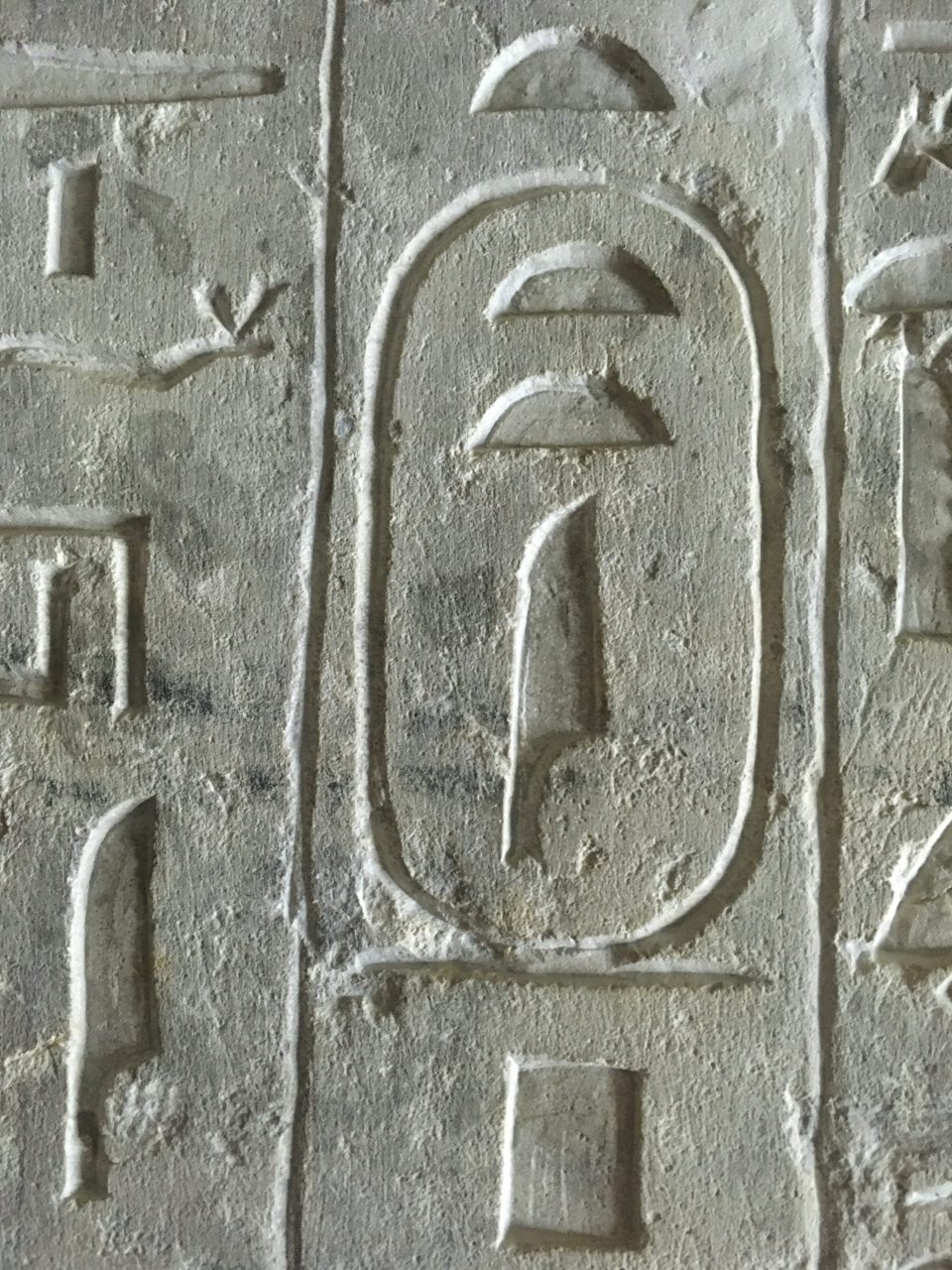
Returning an Old Kingdom Queen to History
It's a good day when archaeologists can return an individual, long deceased, to their place and time in history. Two weeks ago, the Egyptian Ministry of Tourism and Antiquities announced more discoveries at Saqqara, the same site that made the news for lion mummies in 2019 and a mummy cache a few months ago. Among these new discoveries at Saqqara was an Old Kingdom queen whose name had been forgotten for millennia.
Teti and his family
Teti was the first king of the Sixth Dynasty and ruler of Egypt during the 24th century BC. As was common for Egyptian kings, Teti had several wives, perhaps as many as four. Until last month, only two of their names had been definitively identified, Khuit II and Iput I, although a third wife, a woman named Khenet, has also been proposed. Khuit II and Iput I were buried in pyramids of their own, roughly a hundred meters away from Teti's pyramid complex at Saqqara.
Khuit II may have been Teti's chief wife, as construction on her tomb was begun first. Teti also married Iput I, the daughter of his predecessor, King Unas. Iput I was the mother of future king Pepi I, meaning that she held the three titles: "daughter of the king," "wife of the king," and "mother of the king." According to Manetho, Teti's reign came to an unfortunate end when he was killed by his own bodyguards. He was succeeded by the brief reign of Userkare, whose parentage remains unsure, but who may have been his son.

Teti's Pyramid
If you've toured Saqqara, it's very likely that you visited Teti's pyramid after seeing the mastaba tombs of Kagemni and Mereruka. Both officials served during Teti's reign as vizier (Mereruka succeeded Kagemni in the role) and their eternal resting places are located beside their king's. Although the mound of rubble atop Teti's pyramid isn't much to look at now due to stone-quarrying over the years, his is one of the few pyramids at Saqqara you can still enter.
Teti's pyramid was only the second pyramid to contain the Pyramid Texts, following the precedent set by his predecessor, Unas, who was buried nearby. However, the Pyramid Texts inside Teti's pyramid were never painted, as they were in Unas' pyramid, perhaps due to Teti's early death.

An unknown queen
In 2010, excavations led by Dr. Zahi Hawass uncovered a third satellite pyramid beside Teti's pyramid. Satellite pyramids, or 'subsidiary' pyramids, are smaller pyramids clustered around a larger pyramid complex (usually that of a king's) that were built for the burials of royal family members. For many years, Hawass theorized that the new satellite pyramid might have belonged to Teti's mother, Queen Sesheshet, but without a name inside the pyramid it was impossible to know for certain for whom it had been built.

A decade later, new excavations at Saqqara have revealed the funerary temple associated with the satellite pyramid, this time containing the name of the owner on a temple wall and a fallen obelisk: Queen Neit (being reported as Narat, Naert, or Naerit). Hawass seems glad to finally confirm who the pyramid and temple were built for, and proud to return this Old Kingdom queen to her place in history. At this point, little else is known about this Sixth Dynasty queen but future excavations may reveal more about her family and her role.
The area around Neit's funerary temple also yielded fifty wooden sarcophagi discovered in as many burial shafts along with a number of other luxury funerary items. These sarcophagi are from much later in Egyptian history, buried there roughly 800 years later, during the New Kingdom (1539-1077 BC). These finds illustrate the longevity of Saqqara's importance as a cemetery, despite shifting capitols, royal families, and cult centers.
Further Reading
- Miroslav Bárta (2005). "Location of the Old Kingdom Pyramids in Egypt." Cambridge Archaeological Journal 15(2): 177-191.
- Vivienne Gae Callender (2017). "Some Sixth Dynasty Queens: an historical perspective." In Abusir and Saqqara in the year 2015: 39-51.
- Zahi Hawass (2000). "Recent Discoveries in the Pyramid Complex of Teti at Saqqara." In Abusir and Saqqara in the year 2000: 413-444.

No comments:
Post a Comment